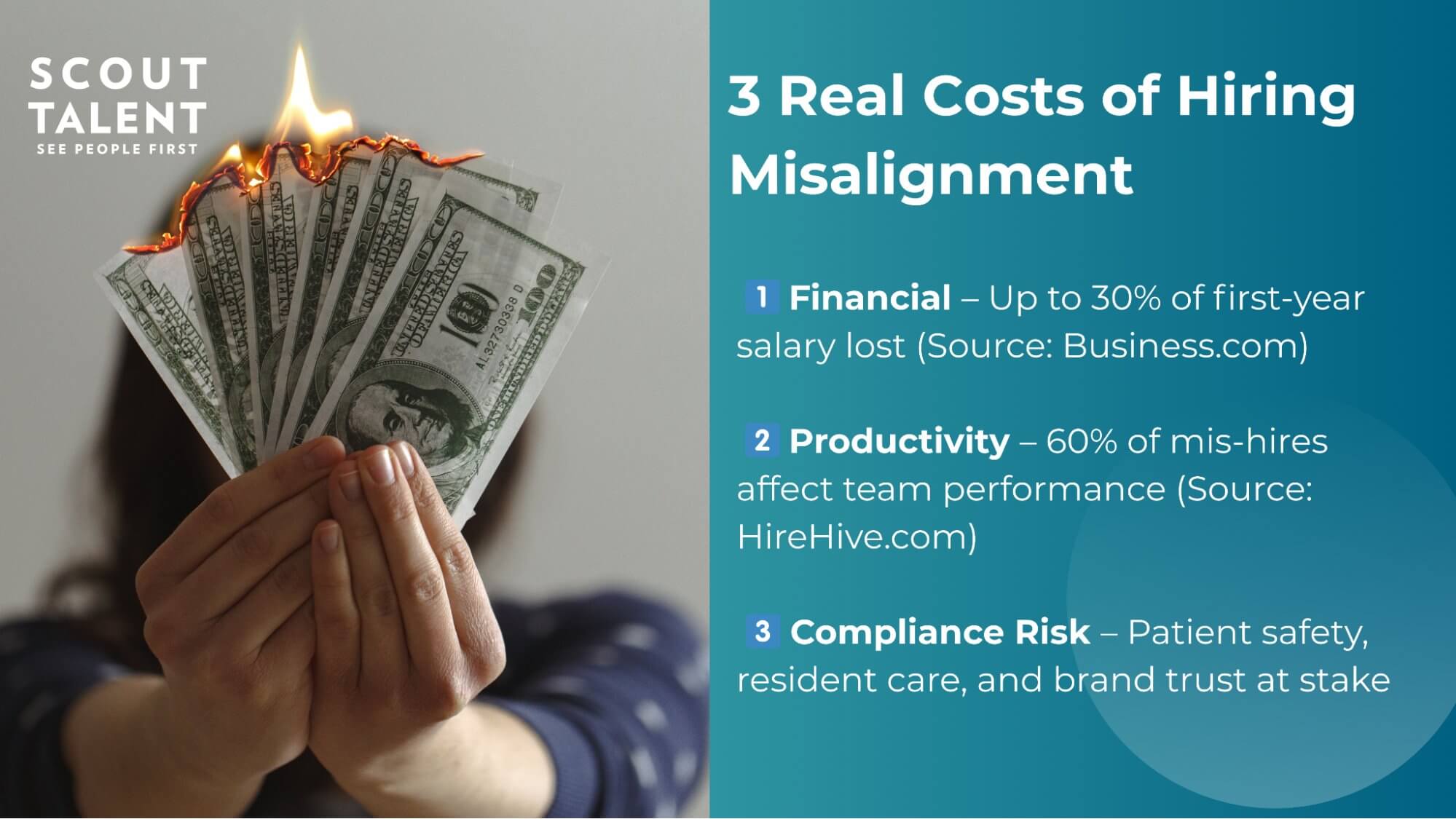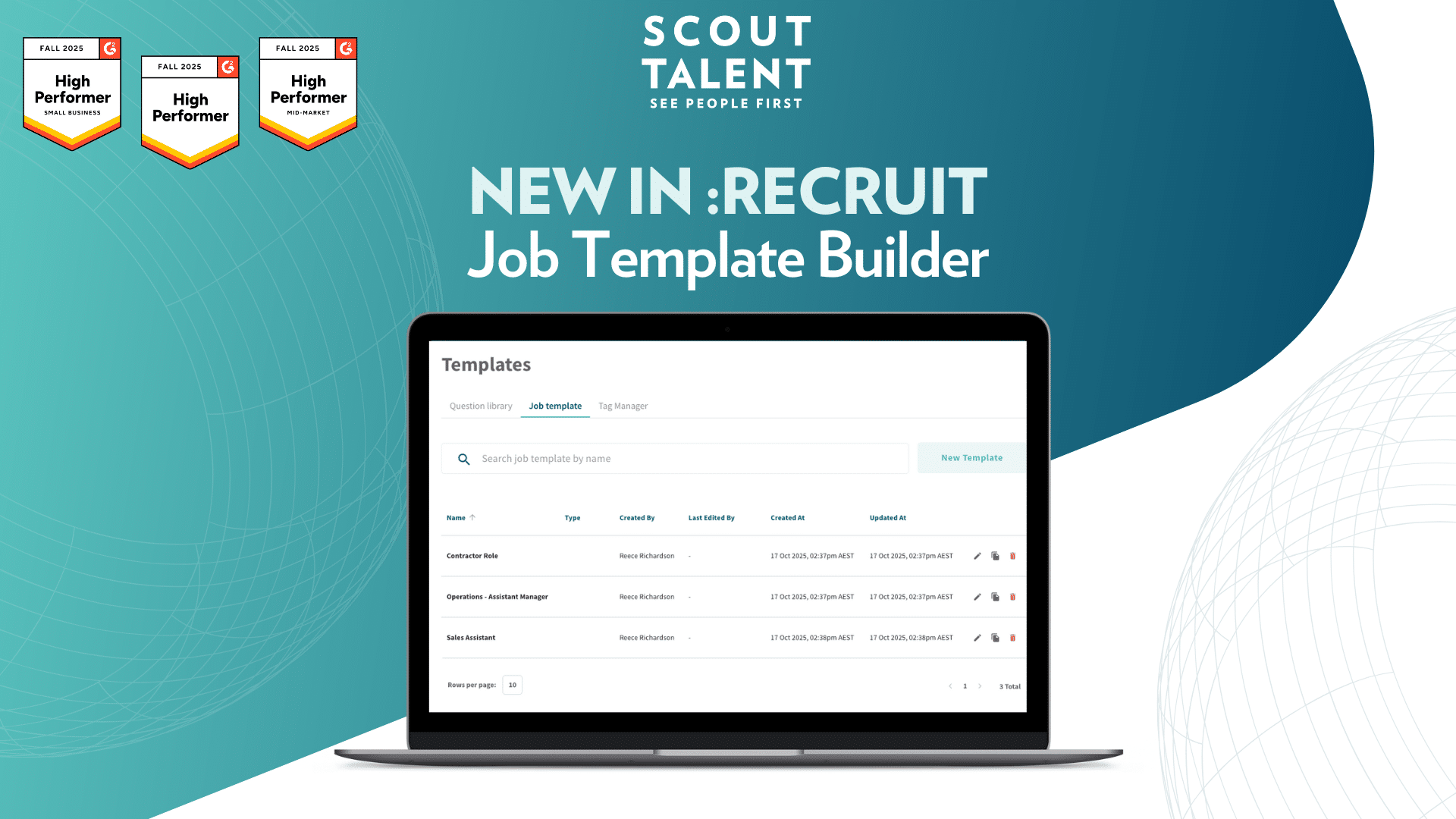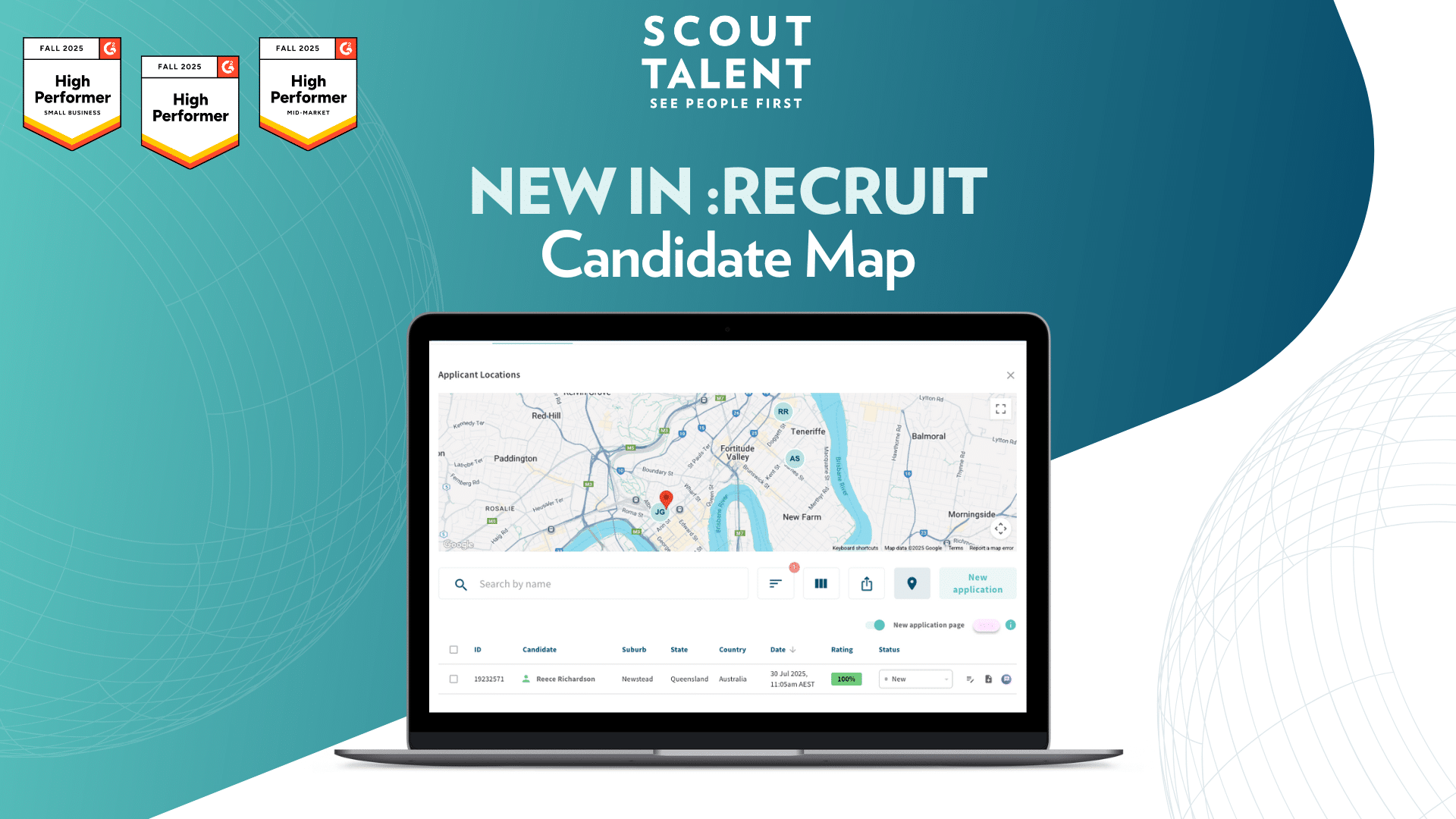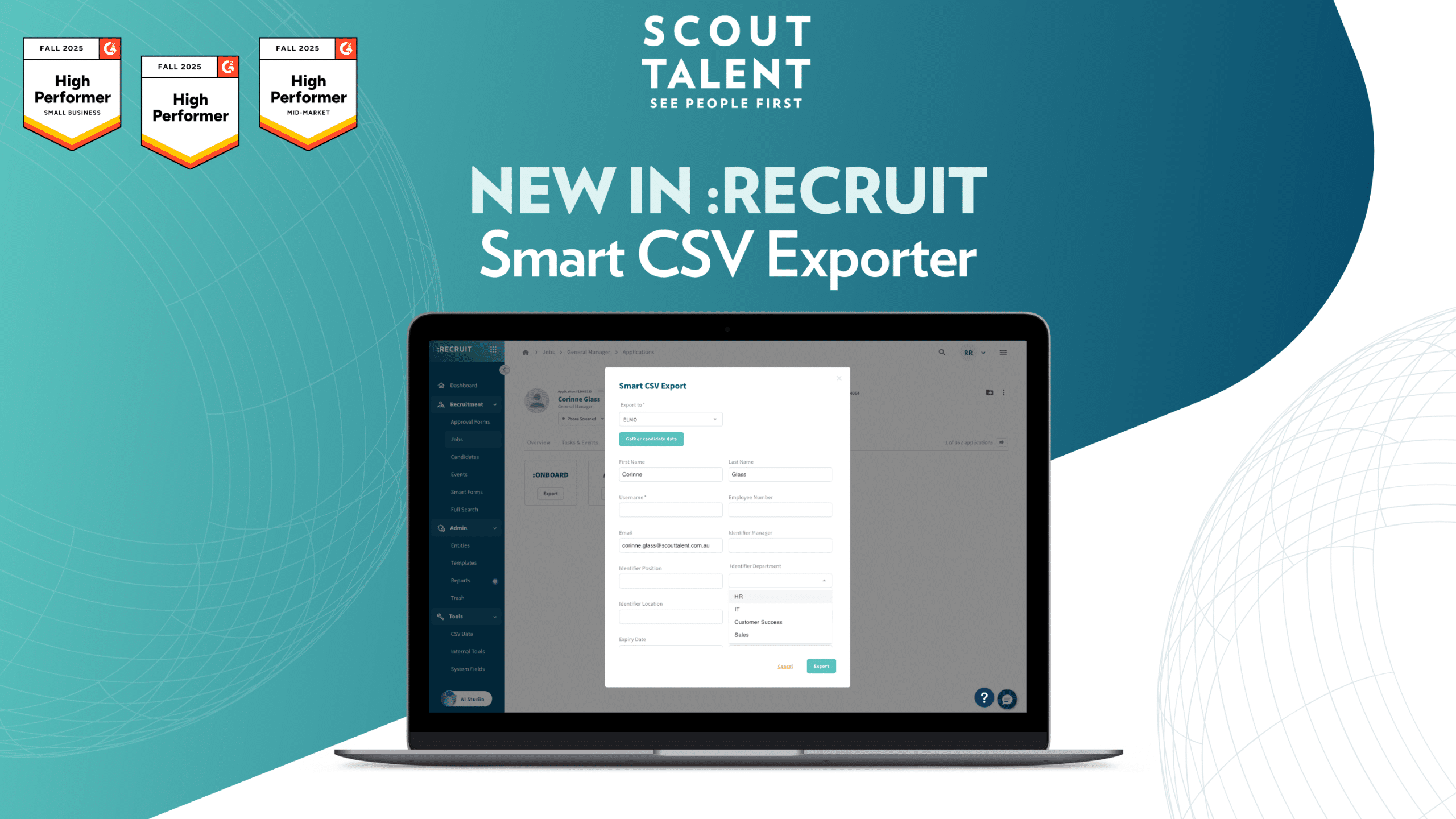Think about the worst hire you’ve ever made.
You saw the red flags but moved forward anyway. Maybe you were in a rush. Maybe they interviewed really well.
Weeks later, morale dipped, your best people started venting, and suddenly you’re back at square one, with less time, more pressure, and a team that’s picking up the slack.
Sound familiar? You’re not alone. But the true cost of a bad hire? It is bigger than most leaders realize.
The Real Cost of a Bad Hire (Backed by Data)

It’s easy to underestimate the impact of one wrong hire. But here’s what we see time and again:
- Financial Fallout
A wrong hire can cost up to 30% of their first-year salary (Business.com). That’s not just salary. It includes onboarding, lost productivity, re-recruiting, and wasted hours. - Team Burnout
Great people always pick up the slack. But if they do it too often, even your top performers get tired. HireHive reports that 60% of wrong hires negatively impact team performance. - Culture Drift
It only takes one person to lower the bar. Accountability slips. Energy fades. And before you know it, culture becomes something you used to have. - Risk and Liability
In regulated industries, one fake credential isn’t just embarrassing… It’s dangerous. You’re suddenly dealing with legal exposure, compliance failures, and brand damage.
A Real-Life Example (and a Bit of a Horror Story)
One of our clients was hiring for a senior finance role. On paper, the candidate looked brilliant: specialized credentials, impressive references, and over 12 years of experience.
But when our team ran standard verifications, everything fell apart:
- The “license” didn’t exist
- The references were fake
- The work history didn’t add up
What’s wild is that two other recruiters had already forwarded the same candidate. Had we not caught the inconsistencies, this person would’ve been managing multimillion-dollar budgets with zero accountability. That’s not a close call. That’s a near-disaster avoided.
Why Do Bad Hires Still Happen?
Because hiring is hard. Simple as that. And let’s be honest for a moment… No team has figured it out 100%, even here at Scout Talent.
Especially when you’re under pressure to move quickly or fill an urgent role. Here’s where things usually go off track:
- Relying on gut instinct instead of using a structured process
- Taking references at face value
- Skimming resumes without verifying credentials
- Believing a polished LinkedIn profile equals proof of ability
Let me put it this way: hiring often mirrors how we buy. Emotion first, logic second. We meet a candidate, hear their polished story, and say, “They seem like a great fit.” But that’s emotion, not evidence. It’s like buying a house and skipping out on the inspection.
And now, AI is raising the stakes. Candidates use it to polish resumes, create perfect screening responses, inflate titles, and even fabricate references. Most red flags are still there… they’re just buried deeper.
How to Avoid a Bad Hire in 2025
Here’s what we recommend:
- Always Verify
Don’t assume. Instead, confirm. Whether it’s a license, a credential, or a referee, check it with the source. - Ask Real Questions
Skip the generic stuff. During reference checks, ask:
-
- Tell me about a time they handled pressure
- How did they respond to conflict?
- What kind of environment do they thrive in?
And make sure you’re speaking to someone who actually supervised them.
- Combine Tech With Human Insight
At Scout Talent, we use automated tools to flag inconsistencies, then real people dig deeper. That blend of speed and nuance is where the real value comes in. - Partner with a Verification Specialist
Let’s be real. Most internal teams simply don’t have the time or bandwidth to run multiple detailed checks per candidate. We do. But whether you work with us, another provider, or handle it in-house, the key is this: have a formal, consistent process to verify every candidate’s credentials. It’s not a nice-to-have, it’s a non-negotiable.
Culture Isn’t Just a Buzzword
Culture doesn’t start at onboarding, it starts at first contact.
The moment someone sees your job ad, they’re forming a picture of your workplace. If that picture isn’t clear, consistent, or aligned with your values, you could attract the wrong fit from day one.
Every hire sends a message. About what you expect. About what you reward. About what you’ll overlook.
Especially in leadership roles, one misaligned hire doesn’t just ripple. They multiply. They quietly reset your team’s “normal,” and over time, that normal can slip further than you realize.
Final Thought: Hire Fast, but Verify Faster
You’ve heard “hire slow, fire fast.” But let’s be honest, sometimes slow isn’t an option.
So here’s a better approach: hire fast, but verify faster.
Because a wrong hire doesn’t just cost money. They can erode culture, drain your team’s energy, and cause long-term damage to trust and momentum.
Ready to Stop Gambling on Gut Instinct?
Our Candidate Verification Package is built for leaders who don’t have time to chase down references or validate every credential. Curious? Reach out to us so we can support you immediately.
We handle it quickly. You get verified insights that may include background checks, credential verification, and reference conversations with actual supervisors.
The result? Confident hiring with no surprises.
Interested in learning more about this service? Book your free hiring consultation now and we’ll show you how to protect your team from the next “bad” hire.
FAQ: Frequently Asked Questions
Q: What is the cost of a bad hire in 2025?
A bad hire can cost up to 30% of their annual salary, including onboarding, lost productivity, and replacement costs.
Q: What are the most common signs of a bad hire?
Low engagement, missed deadlines, cultural misalignment, and poor collaboration are all early red flags.
Q: How can I avoid making a bad hire?
Use structured interviews, verify all credentials, speak to real references, and implement a repeatable hiring process.
Written by Jeff Rios
Head of Talent Acquisition, Scout Talent | Recruitment Strategist
Connect with me on LinkedIn
Follow Scout Talent on LinkedIn






